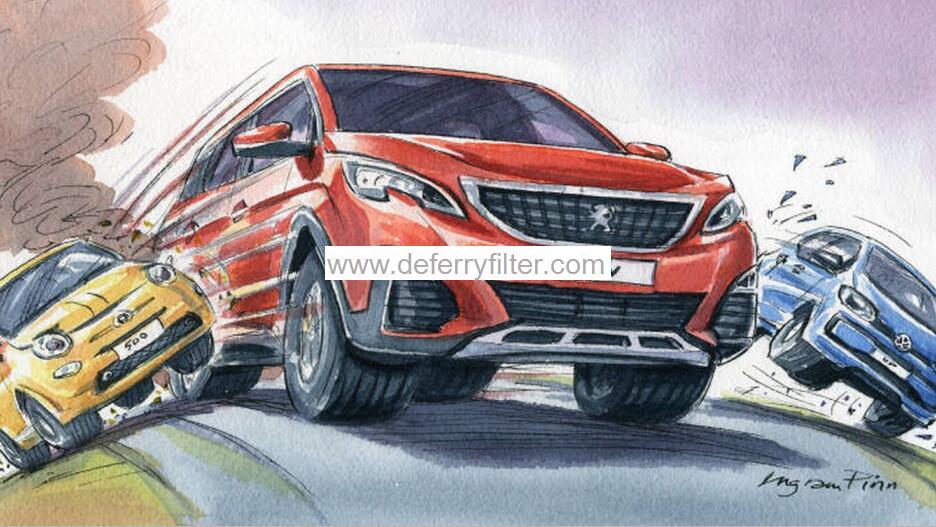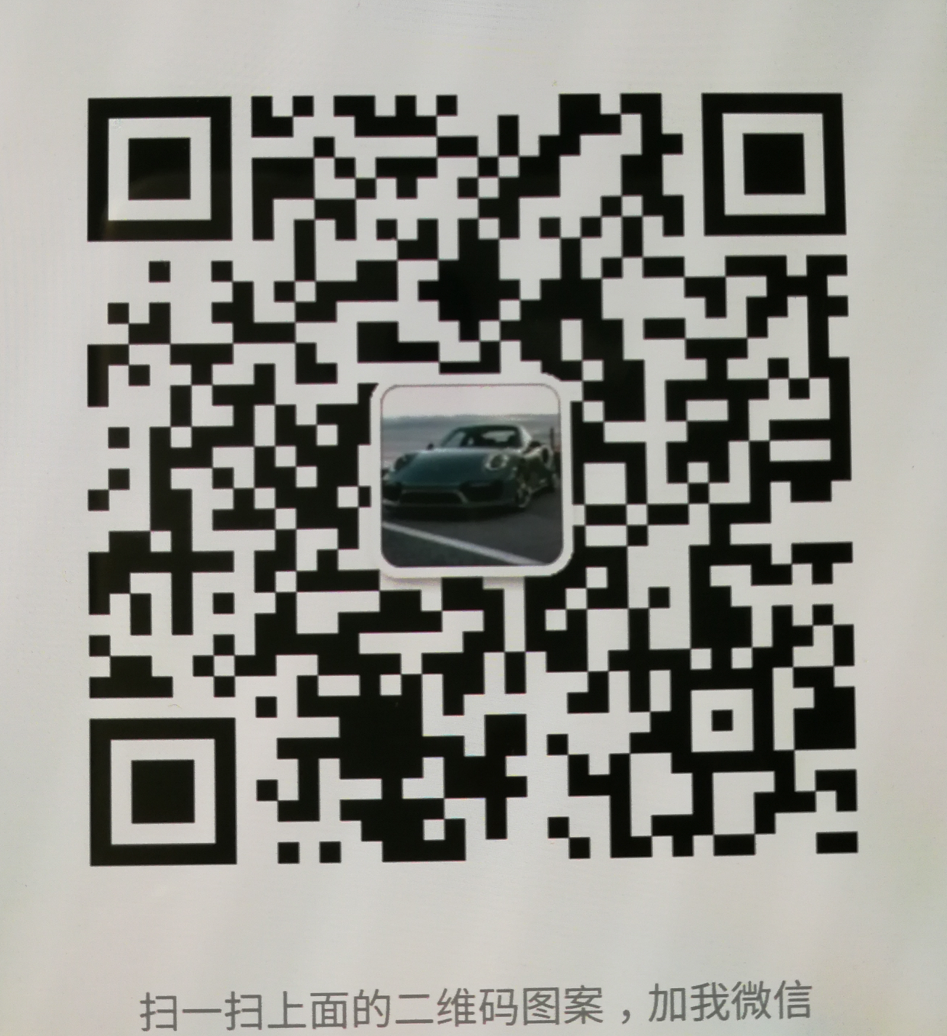Industry new
Europe has a problem with its SUV habit
The late Sergio Marchionne believed in getting bigger. Under him, Fiat supersized the Fiat 500 and acquired Jeep by taking over Chrysler. Now, the carmaker’s planned merger with PSA of France would turn it into the largest seller of SUVs in Europe.
Marchionne’s successor as chief executive, Mike Manley, also values scale and is cutting back Fiat Chrysler Automobiles’ smallest vehicles. Europe used to be known for little cars such as the Fiat Panda but, like PSA and other European carmakers, FCA regards larger ones and SUVs as the future.
Most of the millennial and Gen X parents of school-age children on my street in east London do not ferry them around in estate cars. Instead, SUVs such as Nissan Qashqais and BMW X5s are parked outside, filled with child seats and sports kits. What used to be a peculiarly US transport habit has crossed the Atlantic.
A third of new cars sold in Europe are now SUVs. Strictly speaking, most are what used to be called crossovers — larger, more bulbous cars rather than the truck-based four-wheel-drive sports utilities on US highways. But the dividing line between them has blurred and, while one can debate technically whether the Audi Q7 is a crossover or an SUV, it is definitely huge.

This creates a problem, which the merger of brands including Fiat, Opel, Vauxhall, Peugeot and Citroën does little to address. The shift to SUVs, along with a revival of petrol engines after the 2015 Volkswagen diesel scandal, has caused a rise in carbon dioxide emissions in Europe over the past two years. Carmakers are heading in the wrong direction.
It is understandable that Europeans now prefer SUVs. US-style vehicles such as the Chevrolet Suburban and Ford Expedition never translated — too big, too expensive and too ugly. But the launch of the Qashqai in 2007 led to a surge in sleeker crossovers, such as today’s Peugeot 3008 and Volvo XC40.
Their higher seats make it easier to climb in and out and give drivers a sense of security as well as greater visibility from the wheel. This creates a network effect — as soon as some drivers are elevated, others want to be elevated, too. It feels safer, at least for the people inside. Old-fashioned SUVs handled sluggishly and were prone to overturning but have been refined.
However, even the modern SUV is a heavier, less aerodynamic beast than a traditional car, and weight matters. Since Europe is adopting SUVs later than the US, the latter’s experience shows what is to come, unless carmakers respond quickly to a looming challenge.
Postwar US cars were heavy but shed weight from the mid-1970s onwards, which allowed a rise in fuel efficiency between 1975 and 1985. This was reversed by the coming of SUVs. The average US vehicle piled on weight from 3,300 pounds in 1985 to 4,100 two decades later. As a result, CO2 emissions per mile rose by about 11 per cent, falling again as vehicle weights stabilised and technology improved.
Europe has suffered a similar effect since 2017, with average vehicle CO2 emissions rising by 2 per cent last year. Carmakers point to the consumer revolt against diesel as the chief culprit, but Transport & Environment, a research and campaign group, estimates that a 1 per cent shift in vehicle sales towards SUVs has 7.5 times as much impact on CO2 emissions as a 1 per cent switch from diesel to petrol engines.
Rising carbon emissions due to people turning to driving SUVs is not solely a concern for Europe. SUV sales have also grown strongly in China and the International Energy Agency says the 200m SUVs driven in the world consume a quarter more energy on average than medium-sized cars. They are among the largest contributors to a rise in global emissions since 2010, it says.
RELATED NEWS
- Emissions of motor vehicles in 2015 fell by 0.3%.2016-01-09
- The early success of the battle to defend the blue sky2017-03-30
- Garbage classification has entered the age of compulsion2017-03-30
- Climate change is reaching a tipping point2019-12-31
- The world needs to rebuild greener after Covid-192020-07-01
CATEGORIES
LATEST NEWS
CONTACT US
Contact: Lucas Wei
Phone: +086 018176272296
Tel: +086 018176272296
Email: [email protected]
Add: No. 3, Gaoxin East 2nd Road, High-tech Zone, Nanning, Guangxi ,China

